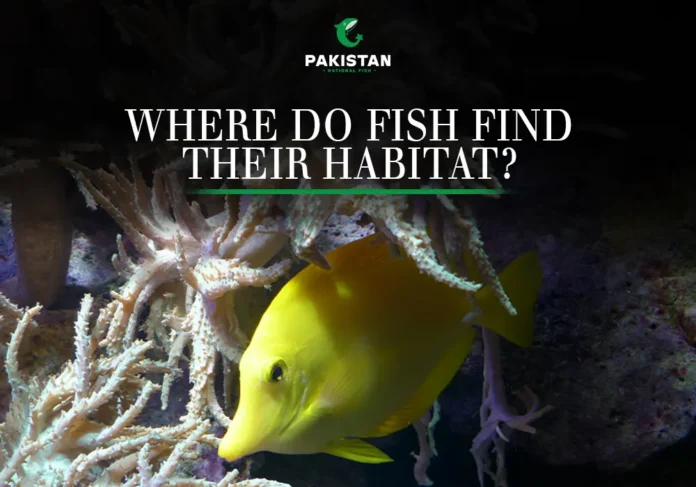Table of Contents
Fish Habitat Types and Their Role in Fish Life Cycle
Types of Fish Habitat
- Fish habitats vary from marsh to creek, river to lake, and play a crucial role in a fish’s life cycle.
- Watersheds collect surface water and channel it into small streams, rivers, and lakes, influencing fish and habitat health.
- The needs of fish served by creeks, streams, rivers, ponds, and lakes can be better understood when alterations to the natural environment occur.
Lakes
- Deep lakes are ideal for lake trout and lake whitefish, while shallow lakes are ideal for yellow perch and other fish.
- Other species found in lakes depend on the types of creeks and rivers that feed into or flow out of the lake.
Creeks, Streams, and Rivers
- Variation of flow patterns of creeks, streams, and rivers provides a wide diversity of fish habitat.
- Riffles provide more oxygenated water in summer and limit ice formation in winter.
- Pools are zones of quiet water found downstream of riffles, used as resting and feeding areas.
Wetlands
- Wetlands are biologically productive ecosystems that provide shelters and abundant food resources to meet the needs of young growing fish.
- They contribute to the health of other fish habitat types by retaining and slowing down the flow of water runoff into lakes and streams.
Nearshore Habitat
- Nearshore habitat is the area of shallow water at the edge of lakes and rivers.
- Modifications to nearshore habitat may damage an entire ecosystem and jeopardize the fish that use it.
Riparian Habitat
- Riparian habitat is the strip of trees, shrubs, and grasses that naturally grow along the shoreline.
- It acts as a buffer between land and water by stabilizing the shoreline and filtering surface water runoff.
Freshwater Habitats: Lakes and Rivers
Lakes: Fish may live steadily in lakes, which are inland areas of standing water. Bass, perch, and trout are common species in lakes. Because they provide cover from predators and spawning grounds, these fish frequently seek refuge beneath fallen logs, rocky outcrops, and submerged vegetation.
Rivers: Rivers are dynamic systems that produce a range of microhabitats due to the flowing water. Rivers are frequently home to fish including sturgeon, salmon, and catfish. To obtain food, breed, and stay away from strong currents, they use a variety of locations, such as riffles, undercut banks, and deep pools.
Marine Habitats: Oceans and Coastal Areas
Coral Reefs:
The open ocean
The Deep Sea
Estuaries and Wetlands
Essential Fish Habitat (EFH)
Fish Habitat Structures
Fish Habitat and Food
Impact of Fishing on Natural Resources and Land
Solutions for Habitat Loss
Fish population protection depends on addressing habitat loss. Some strategies are:
- Habitat Restoration: restoring wetlands or planting mangroves to replenish degraded habitats in order to sustain fish populations.
- Establishing Protected Areas: establishing marine protected zones (MPAs) to prevent damaging activities from affecting important habitats.
- Sustainable Methods of Fishing: putting into effect laws like gear limits and catch quotas that stop overfishing and lessen ecosystem damage.
- Control of Pollution: lowering industrial and agricultural discharge to stop pollution from destroying habitat.
FAQs:
Fishing affects aquatic life in a number of ways:
- Excessive fishing: When too many fish are removed from an environment, food webs are upset, which causes a reduction in either prey or predator species.
- Destroying Habitat: Some fishing techniques, such as bottom trawling and dredging, physically harm habitats like seafloor ecosystems, which reduces biodiversity.
- Bycatch: Non-target animals, such as birds, fish, and marine mammals, are frequently accidentally captured, which causes population decreases.
- The phenomenon of pollution: Fuel leaks and abandoned gear from fishing can contribute to pollution and endanger aquatic life.
These effects show how important it is to use sustainable fishing methods in order to protect aquatic ecosystems and maintain the long-term health of freshwater and marine settings.


